By David Dunaief, M.D.

Dear Santa,
This time of year, people around the world are no doubt sending you lists of things they want through emails, blogs, tweets and old-fashioned letters. In the spirit of giving, I’d like to offer you — and maybe your reindeer — some advice.
Let’s face it: You aren’t exactly the model of good health. Think about the example you’re setting for all those people whose faces light up when they imagine you shimmying down their chimneys. You have what I’d describe as an abnormally high BMI (body mass index). To put it bluntly, you’re not just fat, you’re obese. Since you are a role model to millions, this sends the wrong message.

We already have an epidemic of overweight kids, leading to an ever increasing number of type 2 diabetics at younger and younger ages. According to the Centers for Disease Control and Prevention, as of 2015, more than 100 million U.S. adults are living with diabetes or prediabetes. It complicates the issue that approximately two-thirds of the U.S. population is overweight and/or obese. This is just one of many reasons we need you as a shining beacon of health.
Obesity has a much higher risk of shortening a person’s life span, not to mention quality of life and self-image. The most dangerous type of obesity is an increase in visceral adipose tissue, which means central belly fat. An easy way to tell if someone is too rotund is if a waistline, measured from the navel, is greater than or equal to 40 inches for a man, and is greater than or equal to 35 inches for a woman. The chances of diseases such as pancreatic cancer, breast cancer, liver cancer and heart disease increase dramatically with this increased fat.
Santa, here is a chance for you to lead by example (and, maybe, by summer, to fit into those skinny jeans you hide in the back of your closet). Think of the advantages to you of being slimmer and trimmer. For one thing, Santa, you would be so much more efficient if you were fit. Studies show that with a plant-based diet, focusing on fruits and vegetables, people can reverse atherosclerosis, clogging of the arteries.
The importance of a good diet not only helps you lose weight but avoid strokes, heart attacks, peripheral vascular diseases, etc. But you don’t have to be vegetarian; you just have to increase your fruits, vegetables and whole-grain foods significantly. With a simple change, like eating a handful of raw nuts a day, you can reduce your risk of heart disease by half. Santa, future generations need you. Losing weight will also change your center of gravity, so your belly doesn’t pull you forward. This will make it easier for you to keep your balance on those steep, icy rooftops.
Exercise will help, as well. Maybe for the first continent or so, you might want to consider walking or jogging alongside the sleigh. As you exercise, you’ll start to tighten your abs and slowly see fat disappear from your midsection, reducing risk and practicing preventive medicine. Your fans everywhere leave you cookies and milk when you deliver presents. It’s a tough cycle to break, but break it you must. You — and your fans — need to see a healthier Santa. You might let slip that the modern Santa enjoys fruits, especially berries, and veggies, with an emphasis on cruciferous veggies like broccoli florets dipped in humus, which have substantial antioxidant qualities and can help reverse disease.
As for your loyal fans, you could place fitness videos under the tree. In fact, you and your elves could make workout videos for those of us who need them, and we could follow along as you showed us “12 Days of Workouts with Santa and Friends.” Who knows, you might become a modern version of Jane Fonda or Richard Simmons or even the next Shaun T!
How about giving athletic equipment, such as baseball gloves, footballs and basketballs, instead of video games? You could even give wearable devices that track step counts and bike routes or stuff gift certificates for dance lessons into people’s stockings. These might influence the recipients to be more active.
By doing all this, you might also have the kind of energy that will make it easier for you to steal a base or two in this season’s North Pole Athletic League’s Softball Team. The elves don’t even bother holding you on base anymore, do they?
As you become more active, you’ll find that you have more energy all year round, not just on Christmas Eve. If you start soon, Santa, maybe by next year, you’ll find yourself parking the sleigh farther away and skipping from chimney to chimney.
The benefits of a healthier Santa will ripple across the world. Think about something much closer to home, even. Your reindeer won’t have to work so hard. You might also fit extra presents in your sleigh. And Santa, you will be sending kids and adults the world over the right message about taking control of their health through nutrition and exercise. That’s the best gift you could give!
Wishing you good health in the new year,
David
P.S. I could really use a new baseball bat, if you have a little extra room in your sleigh.
Dr. Dunaief is a speaker, author and local lifestyle medicine physician focusing on the integration of medicine, nutrition, fitness and stress management. For further information, visit www.medicalcompassmd.com or consult your personal physician.


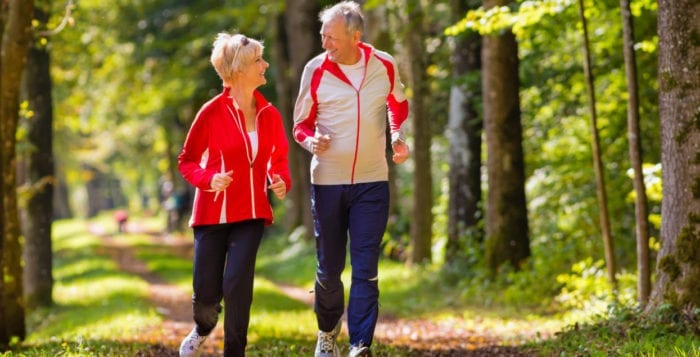

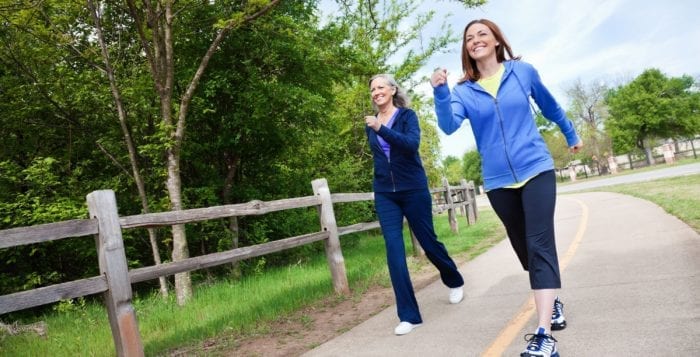

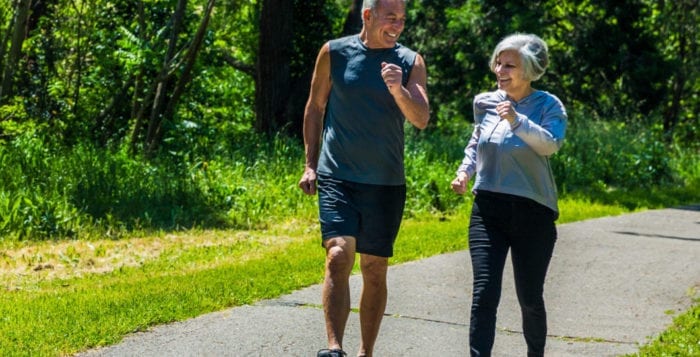

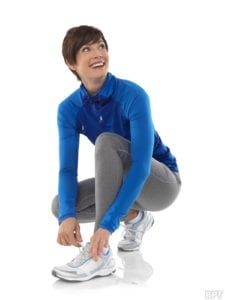
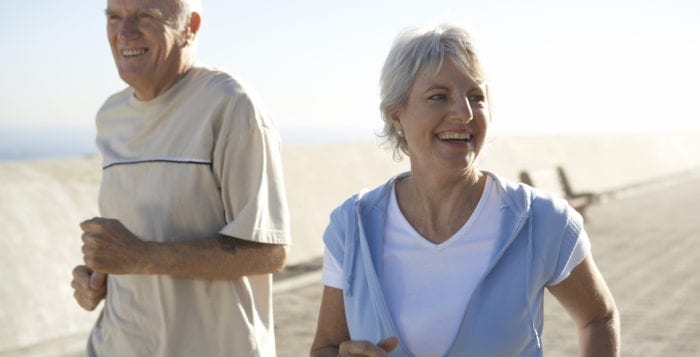



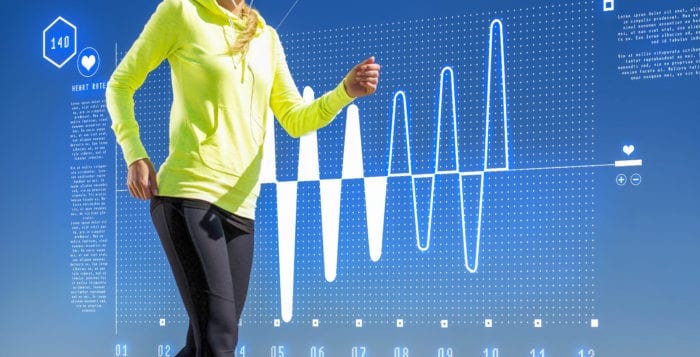
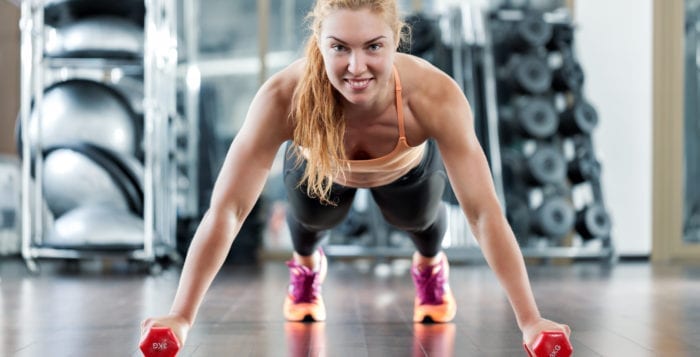

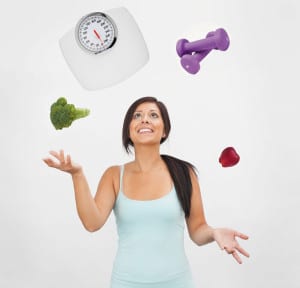 “It’s important to consistently remind yourself of why the goal is important,” said Gonzalez. “So it’s building up motivation in your mind, and sometimes we will recommend that people put Post-its around that might have motivational statements on it or something that’s very personal or relevant to them to remind them of why this goal is important.”
“It’s important to consistently remind yourself of why the goal is important,” said Gonzalez. “So it’s building up motivation in your mind, and sometimes we will recommend that people put Post-its around that might have motivational statements on it or something that’s very personal or relevant to them to remind them of why this goal is important.”


